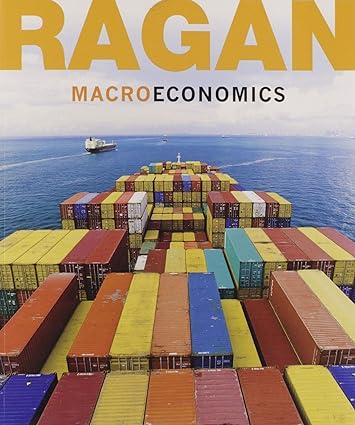This question requires you to solve a macro model algebraically. Reading the appendix to this chapter will
Question:
This question requires you to solve a macro model algebraically. Reading the appendix to this chapter will help you to answer this question. But, just in case, we lead you through it step by step. The equations for the model are as follows:

a. Step 1 : Recall that \(Y_{D}=Y-T\). By using this fact, substitute the tax function into the consumption function and derive the relationship between desired consumption and national income.
b. Step 2 : Sum the four components of desired aggregate expenditure \((C, I, G, N X)\). This is the aggregate expenditure \((A E)\) function. Collect the autonomous terms separately from the induced terms.
c. Step 3 : Recall the equilibrium condition, \(Y=A E\). Form the equation \(Y=A E\), where \(A E\) is your expression for the \(A E\) function from part (b). (Your autonomous terms can be collectively labelled \(A\) and the terms that represent the marginal propensity to spend can be labelled \(z\).)
d. Step 4 : Now collect terms and solve for \(Y\). This is the equilibrium value of national income.
e. Step 5 : Suppose the level of autonomous expenditure, which we could call \(A\), rises by \(\triangle A\). What is the effect on the level of equilibrium national income?
Step by Step Answer:






